ASUS Eee Pad Transformer Prime GPS Issue Explained
by Anand Lal Shimpi on January 4, 2012 4:12 AM EST- Posted in
- Tablets
- Eee Pad
- Asus
- Mobile
- Transformer Prime
An Apology
Over the past couple of weeks I've received emails and tweets asking me to look into GPS performance issues with ASUS' Eee Pad Transformer Prime. By the time I got around to doing so, ASUS had already acted. ASUS removed GPS support from the Prime's spec sheet and made a public statement about it. We didn't have a ton of time during our initial review of the Eee Pad Transformer Prime, but we had more than enough time between then and our follow-up to address the GPS issues before shipments ever reached customers. Why didn't we say anything until now? Because I forgot to test GPS reception performance on the Prime.
It's not an easy thing to admit because we do spend a lot of time reviewing these devices, but GPS reception is something I missed. I was so focused on power consumption and the WiFi issues that thinking to test GPS on the Prime simply slipped my mind. Had I tested it originally we could have brought the problem to light sooner and perhaps saved everyone a lot of trouble. This is the perfect example of why we spend so much time testing nearly everything we review. Without thorough testing issues like this can go by unnoticed and the customers are the ones who end up suffering. If you read our review, bought a Transformer Prime and were frustrated by the GPS performance of the tablet, I do apologize. This is something I should have tested sooner. I can't promise we'll always catch everything, but we do try our best to catch as much as possible and we'll continue to do so in the future.
I don't believe the GPS issues on the Prime are substantial enough to warrant changing our recommendation for the product, but I have updated our review with a warning to those users who are planning on using the Prime as a GPS receiver.
Mistakes are easily made and aren't easily rectified. What follows is the explanation and analysis of the GPS performance on the Transformer Prime that should've been published weeks ago.
The GPS Issue
ASUS recently released an update that addresses GPS lock performance, however it only ensures that ephemeris (used to calculate satellite position) and almanac (details for all GPS satellites) data are downloaded over WiFi to speed up the process of determining your current position. Without network assistance, this data would have to be received from the satellites themselves at an extremely low transfer rate (50 bits per second in ideal conditions). This update does not fundamentally address the issue of GPS reception, nor is it possible to address that in software - it's a limitation of the Prime's design.
GPS signals are transmitted as high frequency radio waves (~1.5GHz for most client GPSes) from a number of orbital satellites high above the earth's surface (~20K km). GPS satellites broadcast accurate time and orbital positioning information for themselves and other satellites in the system. GPS receivers on the ground can then calculate the receiver's location using this data from a minimum of four visible satellites. More accurate location calculation is possible with more satellites but four is generally the minimum.
The data needed from the satellites isn't very large, but it's transmitted very slowly and via RF over a great distance. As we've mentioned in earlier posts, radio waves don't pass through conductors that block their path. Though stylish, aluminum enclosures are very good at blocking radio waves.
Apple obviously had to deal with this problem in the past. The original iPad and the iPad 2 are both made of aluminum, and both at a minimum have Bluetooth and WiFi antennas to deal with. The original iPad placed the WiFi antenna behind the plastic Apple logo on the rear of the tablet. Radio waves easily travel through plastic and the logo is a permanent fixture on Apple products so the design decision made sense. The iPad 2 relocates the WiFi antenna, presumably to shave precious millimeters of thickness from the center of the tablet to the bottom corner near the dock connector. Instead of a plastic RF window there's the perforated aluminum speaker grill. This isn't as desirable of a location as behind plastic, resulting in worse WiFi range out of the new iPad compared to its predecessor, but it's better than putting the antenna behind solid aluminum.
The 3G models of the iPad/iPad 2 have always included a black plastic strip behind which the cellular and GPS antennas reside. The 3G models needed this design concession in order to deliver decent cellular reception.
ASUS built the Eee Pad Transformer Prime out of aluminum, similar to the iPad/iPad 2. This departure from the original plastic Eee Pad Transformer was welcome, but brought with it the same sort of antenna challenges that Apple has had to face.
Being thinner than the iPad 2, the TF Prime presumably doesn't have the thickness to accommodate a WiFi antenna mounted in the middle of the chassis behind an RF window. Furthermore, ASUS didn't provide any such window to begin with making this point moot. There is a speaker grill similar to the one Apple included in the iPad 2, however ASUS didn't choose to locate the WiFi antenna here.
Instead ASUS included a pair of WiFi antennas (implementing antenna diversity) on either side of the front facing camera. WiFi range isn't as good as the all-plastic Transformer, but functional antenna diversity did make best case performance virtually identical in our tests.
The GPS antenna is located between the two WiFi antennas - left justified so it's closer to the main antenna. GPS in the Eee Pad Transformer is actually driven by the same Broadcom BCM4751 GPS receiver Apple used in the GSM iPad 2 and the original Eee Pad Transformer:
Despite having the same base hardware however, GPS performance is much worse on the Prime. Let's start with the best case scenario, outdoors, fairly clear skies with nothing overhead. The Transformer and Transformer Prime are side by side and we fire up GPS Test. The original Transformer determines its physical location almost immediately, the Prime is able to do so only after a period of 18 seconds. The GPS Test output from both tablets is below (ignore the time differences, the timezone on the Prime wasn't properly set):
The Prime is actually able to see more GPS satellites, but the average signal to noise ratio on the Prime is much worse than on the OG Transformer. The Prime attempts to use more GPS satellites fairly consistently, but just as consistently the Prime delivers lower positional accuracy.
Note that the screenshots above are among the worst results for the OG Transformer in this first test. If we look at the best results we see a much bigger gap between the two:
Our next test is the worst case scenario for either tablet: indoors. Both tablets are positioned inside a two-story house five feet away from an outside-facing wall with windows. This isn't a very realistic test but it does provide one of the most difficult environments for GPS reception.
Here the Prime never gets a lock. At best it sees a single satellite but it quickly disappears. The OG Transformer on the other hand sees reduced performance but it does obtain a lock:
Our final test is in a vehicle with both tablets connected to a WiFi hotspot on an iPhone 4S. This is one of the most realistic scenarios where you'd actually use the GPS functionality of a tablet.
Here the Transformer Prime took 64 seconds to determine its position via GPS. The OG Transformer did so in less than 10 seconds. Both accuracy and SNR are worse on the Transformer Prime.
Depending on the environmental conditions the Transformer Prime's GPS reception can range from slightly worse than the original Transformer to completely unusable. This is a side effect of the Prime's aluminum construction. For whatever reason ASUS decided against including a plastic RF "window" in the Prime's design that would have improved GPS reception without sacrificing the majority of the tablet's aluminum construction. If I had to guess, I'd say ASUS probably didn't view GPS reception as a significant enough feature of the Transformer Prime to warrant a design change to improve its performance. It's also worth noting that the Prime's target design competitor, the iPad 2, doesn't offer GPS support in the WiFi version. It's only in the 3G models that GPS is offered.
ASUS' resolution to the poor GPS performance of the Prime was honestly the best course of action it could have taken. Quickly redesigning the Prime to improve GPS reception isn't realistic. ASUS owned up to the problem and admitted the design impedes GPS performance. ASUS took further action by removing GPS from the list of supported features of the Transformer Prime so at least going forward customers won't be misled. The only thing that ASUS didn't do was offer a return/exchange program for those users who felt they were misled by ASUS' initially advertised specs. However, given the first shipments of the Prime went out less than 30 days ago, customers should be within their return windows for the time being.
There are obvious benefits to an all aluminum device construction, however it does present some interesting technical challenges when it comes to wireless interfaces. I have to say that Apple's solution in this case (a plastic RF window) makes a lot of sense and I hope to see something similar used in future ASUS designs.


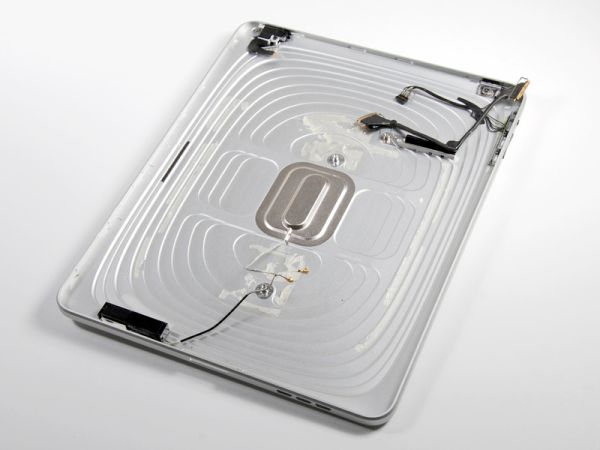
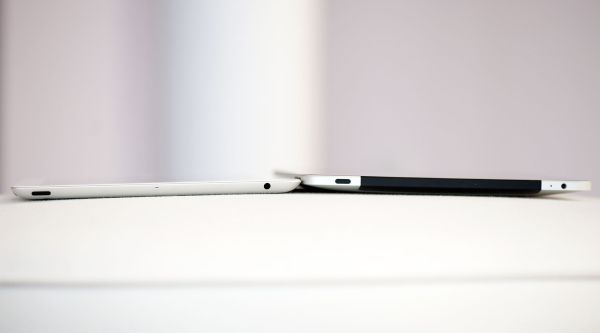

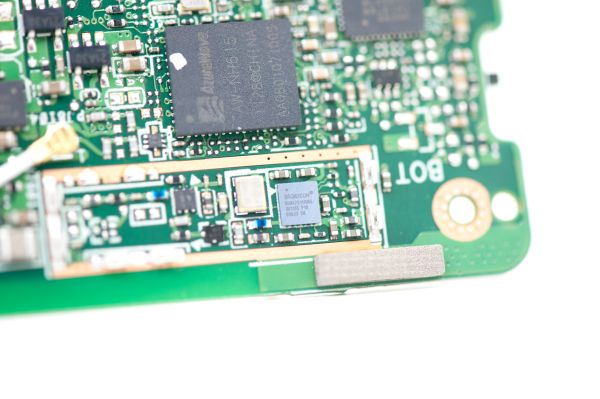
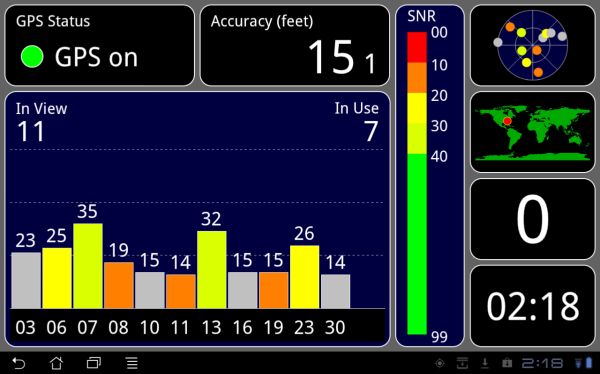
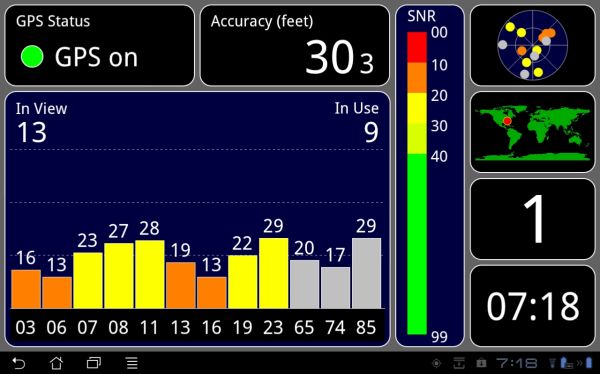
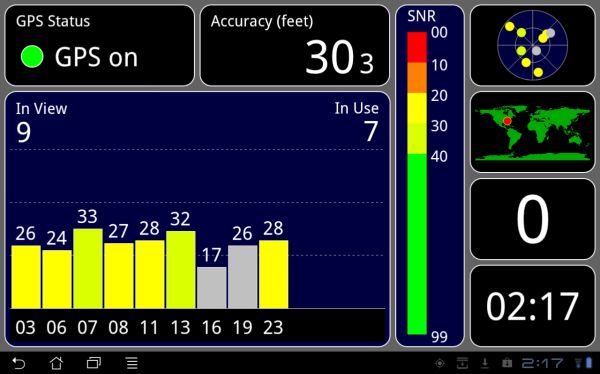
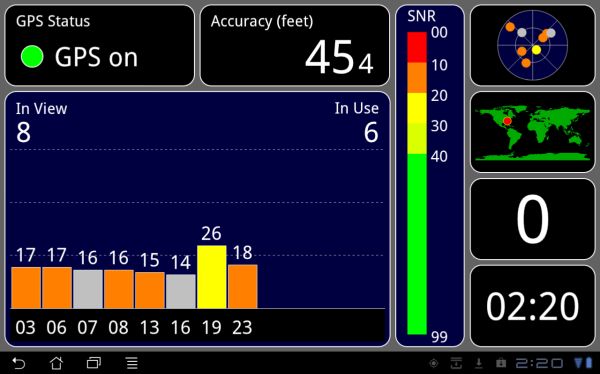
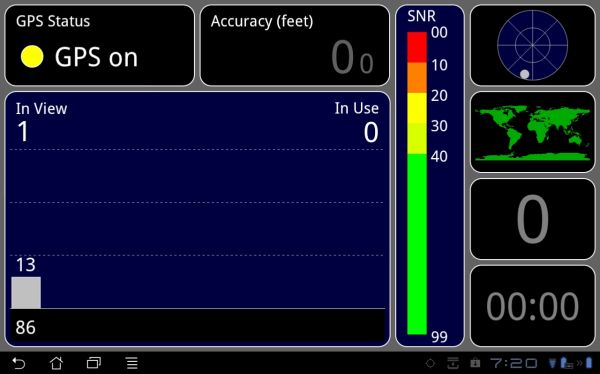
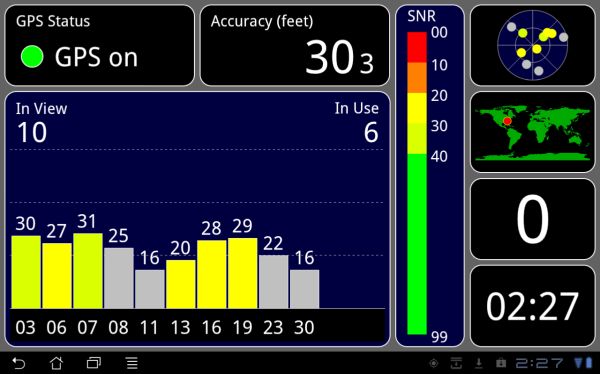
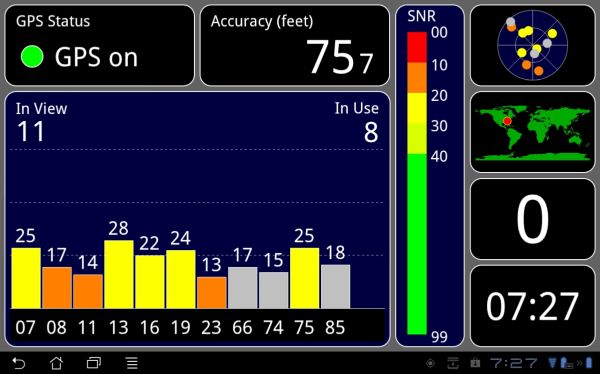








67 Comments
View All Comments
Solandri - Wednesday, January 4, 2012 - link
People throw a hissy fit when it happens to Apple because Apple makes the only iOS tablet. If you want an iOS tablet (or phone), then you *must* deal with the problem.When an Android tablet has this type of flaw and the feature is important to you, you can just choose to buy a different tablet. What you're seeing is the advantage of having choice in the market, not a bias against Apple.
And FWIW, I never understood why they don't just mill some small grooves along the exterior of the aluminum case, embed the antennas inside, and fill it in with rubber or epoxy so it's flush with the rest of the surface. Yeah it won't be as good as having a polycarbonate case, but it'll be better than mounting the antenna inside the aluminum case.
TheWerewolf - Saturday, January 21, 2012 - link
Which is nothing like when an Apple fanboi throws a hussy fit.Allow me to explain. Apple has a large part of the smartphone and tablet market, so an error on their part affects a LOT of people. They also get a massively disproportionate share of the press attention - mostly almost always very positive attention (unjustly positive a lot of the time). Asus owns a fairly small part of those markets, so it's not as big a deal to the press.
That being said, if you actually spent more time out of the walled garden, you'd know that a LOT of articles decrying Asus for this screw up have been written and a lot of people are angry and many are returning their Primes over this.
In short: you're trolling and badly at that.
janderk - Wednesday, January 4, 2012 - link
I never understood why metal is so often seen as a good construction material for devices that are full of antennas. As internal frame material is probably a good choice, but as a cover material?If one were to pick the best cover material for phones, tablets or notebooks the first two requirements would be strength (mostly against dropping) and no-interference with radio waves. This would immediately rule out metal and glass and probably put plastic in the #1 spot. Unfortunately, both reviewers (not Anandtech) and the general public perceive plastic as low quality. The reason being that so many cheap products are made out of it.
This has put us all in the strange situation where expensive products are made of more easily breakable and radio blocking materials than low budget products.
Nokia probably has taken the right decision. Use plastic, but just give it a sexy name: Polycarbonate.
gorash - Wednesday, January 4, 2012 - link
Blame Apple...clsmithj - Wednesday, January 4, 2012 - link
I agree.Same thing can be said about people's dislikes for synthetic fabric vs material made made from animals.
Plastics and synthetics are the most advance of technology but people prefer the less versatile traditional materials.
C'DaleRider - Wednesday, January 4, 2012 - link
About preferring natural vs. synthetic materials, there are reasons why things like Thinsulate doesn't command a price like goose down does for insulation in jackets....it doesn't work as well.Wool has properties no synthetic can match. Cotton has a hand that no synthetic (plastic) can match.
True, synthetics do have their place, but in a lot of cases, the natural materials have qualities that still trump any synthetic.
Death666Angel - Wednesday, January 4, 2012 - link
But likewise, wool has negative aspects that can be rectified by adding a few percent of synthetic fibres (referring to it's behavior regarding stretching/shrinking here in particular).Also, all "natural" fibres can in theory be made in a laboratory. The only issue is that it is usually more cost effective to go the "natural" route.
As for down feathers, there are synthetic materials with better insulation qualities (foamed plastics with more than 99% air in their volume) but they are even more costly than down feathers and are thus not used by the average consumer. :-)
But this is seriously off topic :D.
kishorshack - Wednesday, January 4, 2012 - link
yaaaaa agreed manI always had that complain against reviewers
:(
Anand are you listening ???????
Solandri - Wednesday, January 4, 2012 - link
Undoubtedly, plastic (or rubber) is a better cover material for items which can be dropped. Its flexibility means it can survive drops without structural damage, whereas metal will dent and permanently deform.Unfortunately, people are really hung up over appearances for these products. They buy a phone or tablet which is already pretty rugged and will be replaced in a couple years, and immediately put a cover on it so as not to mar its surface. Plastic scratches more easily than metal, so the plastic case (even if reinforced with metal) is viewed as inferior.
B3an - Thursday, January 5, 2012 - link
I just want to join in on this too... Plastic is GOOD for a phone or a tablet. One of the worst designs i've ever seen on a phone was the iPhone 4 / 4s. Putting a highly breakable material on BOTH the front and back of a highly mobile device is about as stupid as you can get. Yet reviewers, including Anandtech, dont mention this as a bad thing. Infact it's a good thing to them.